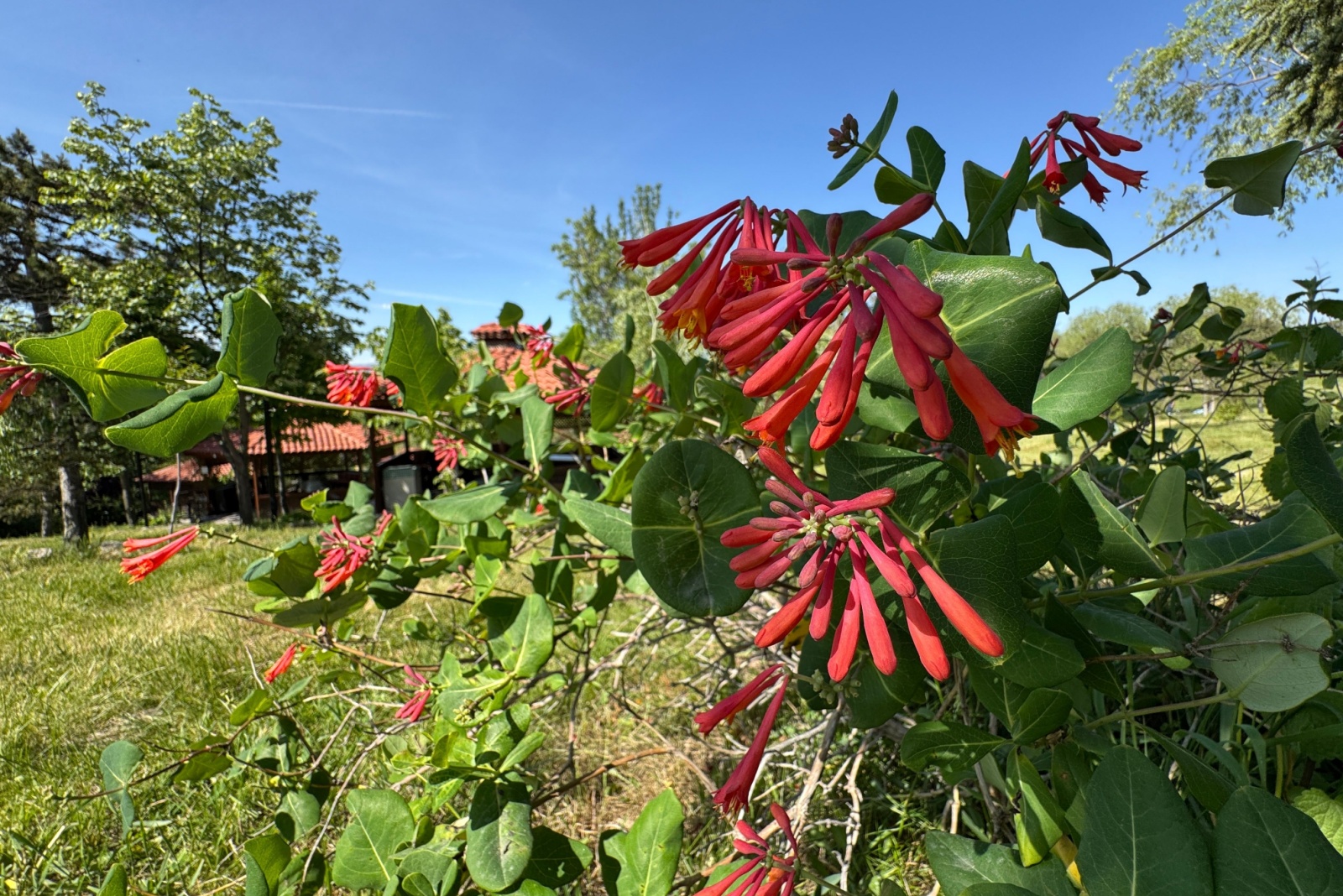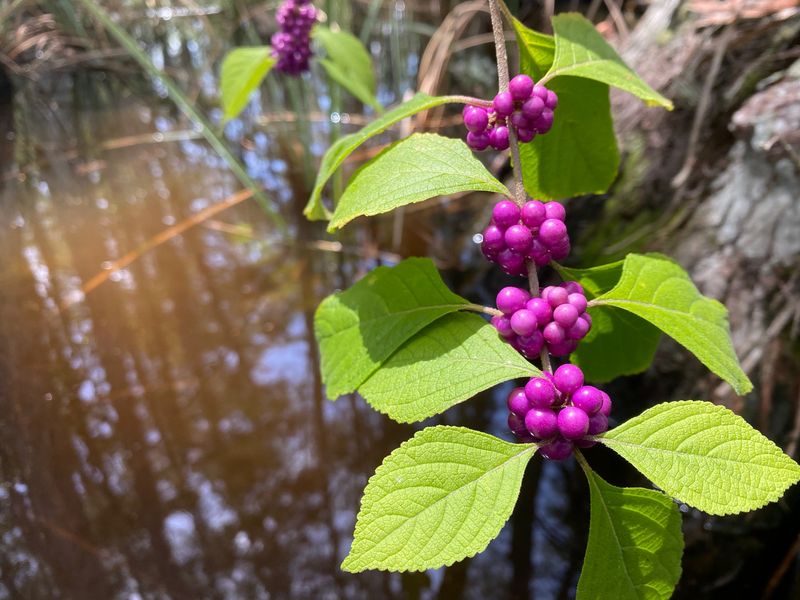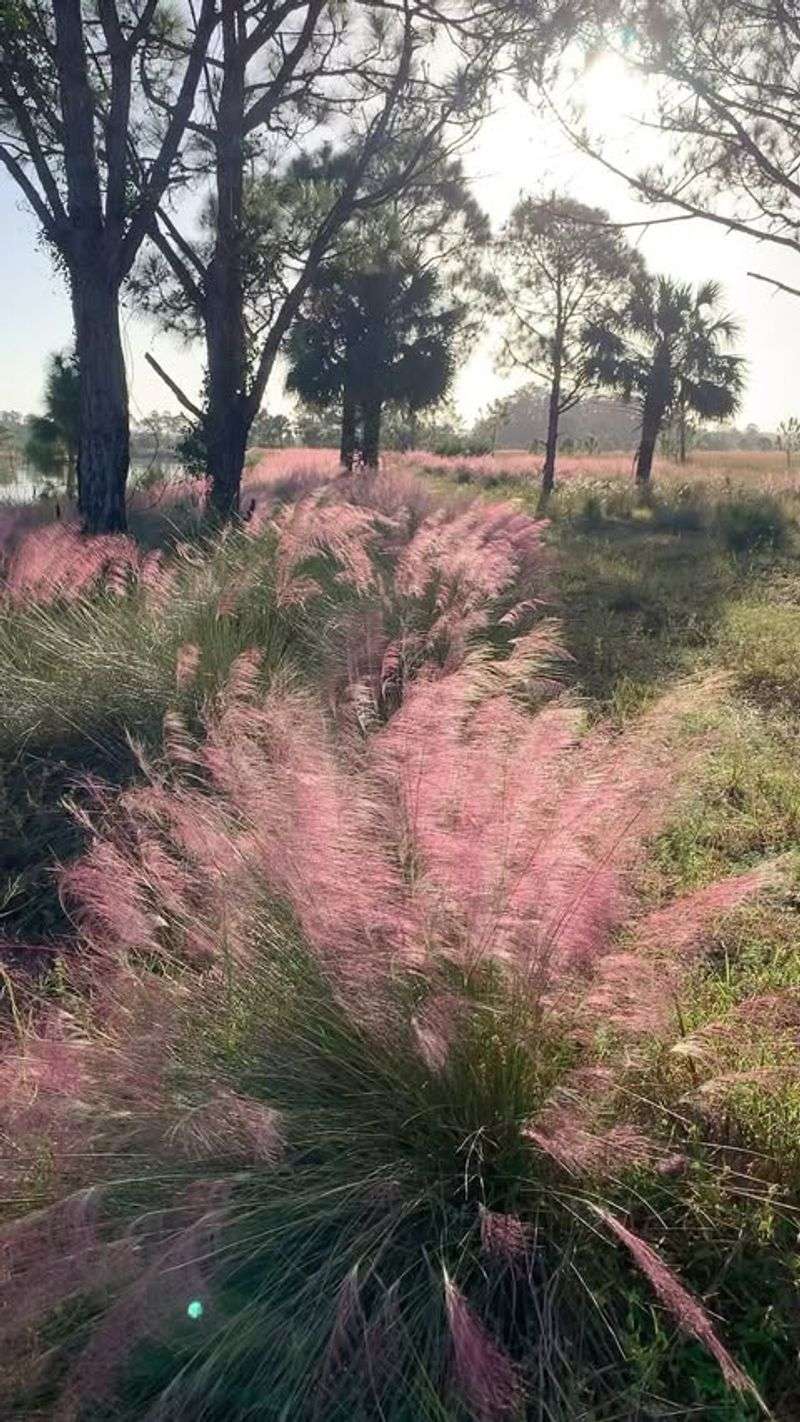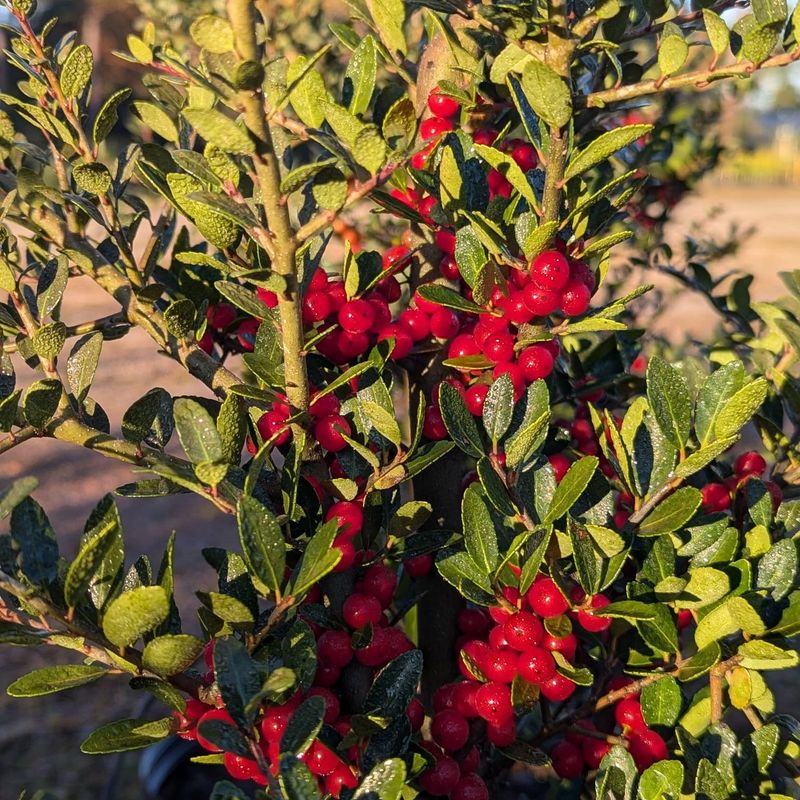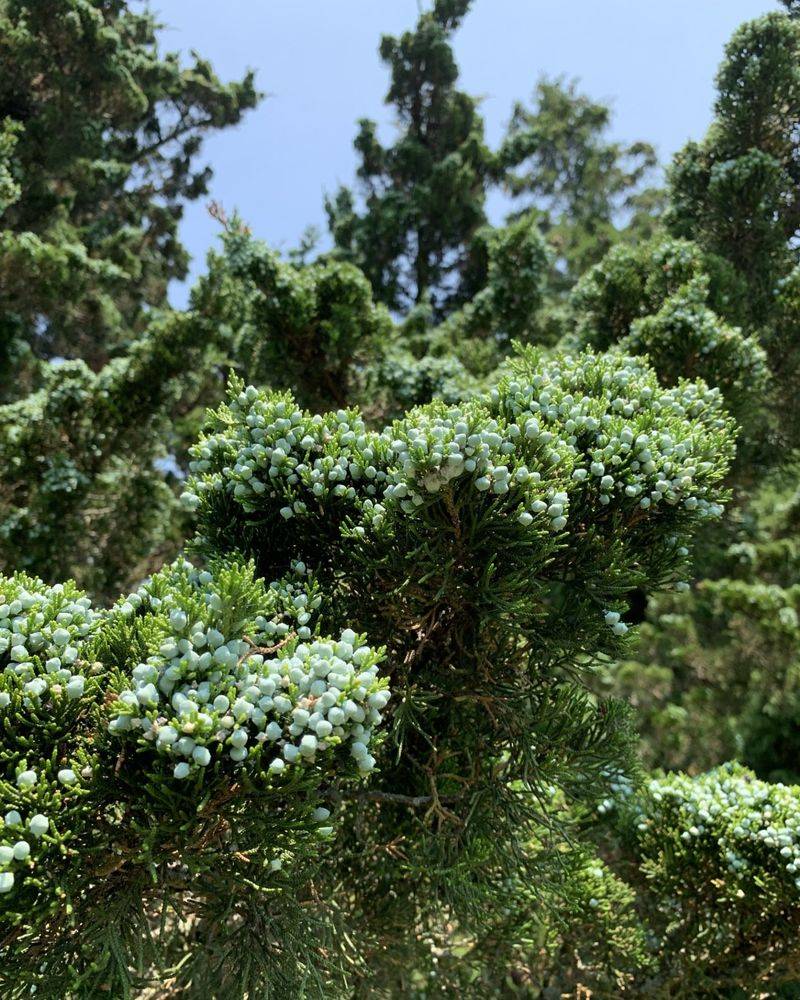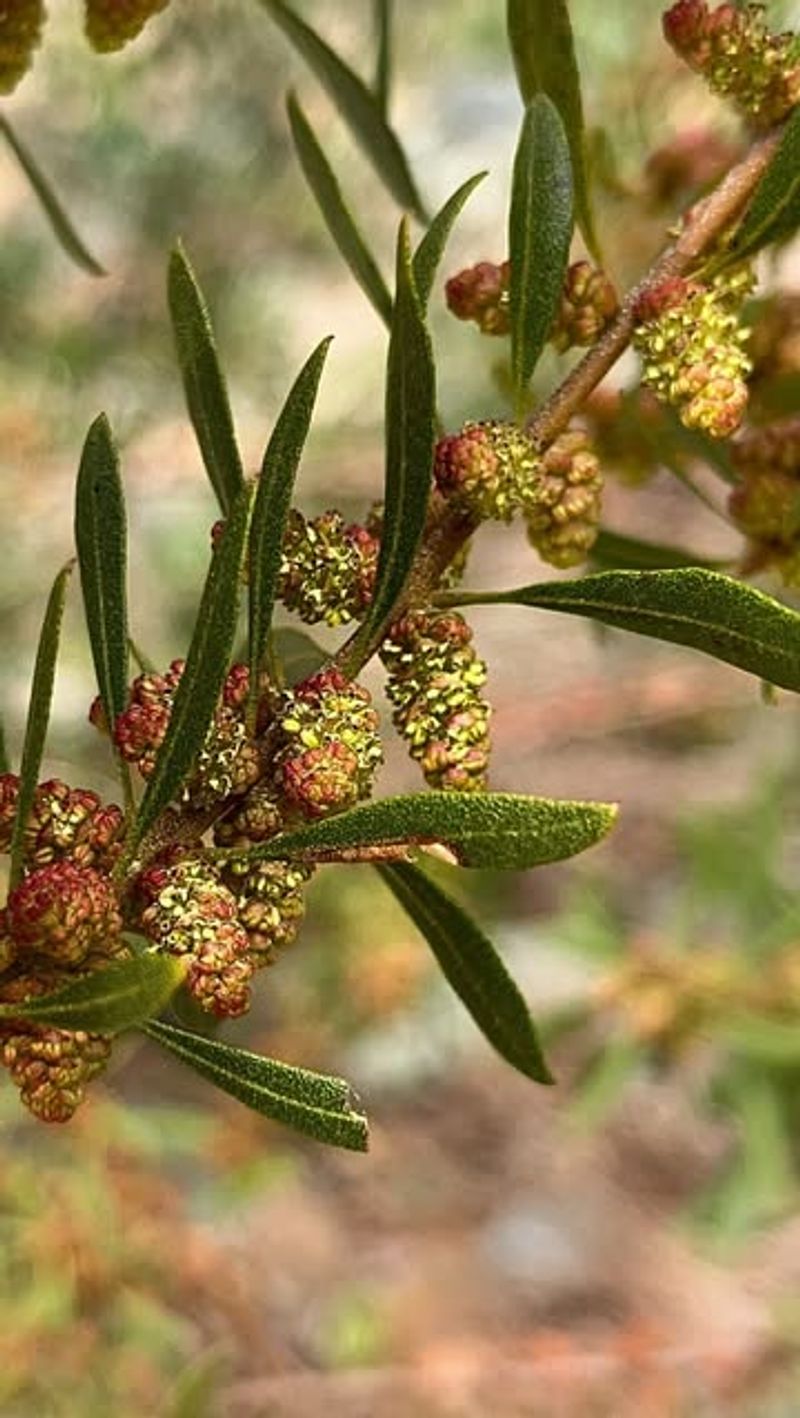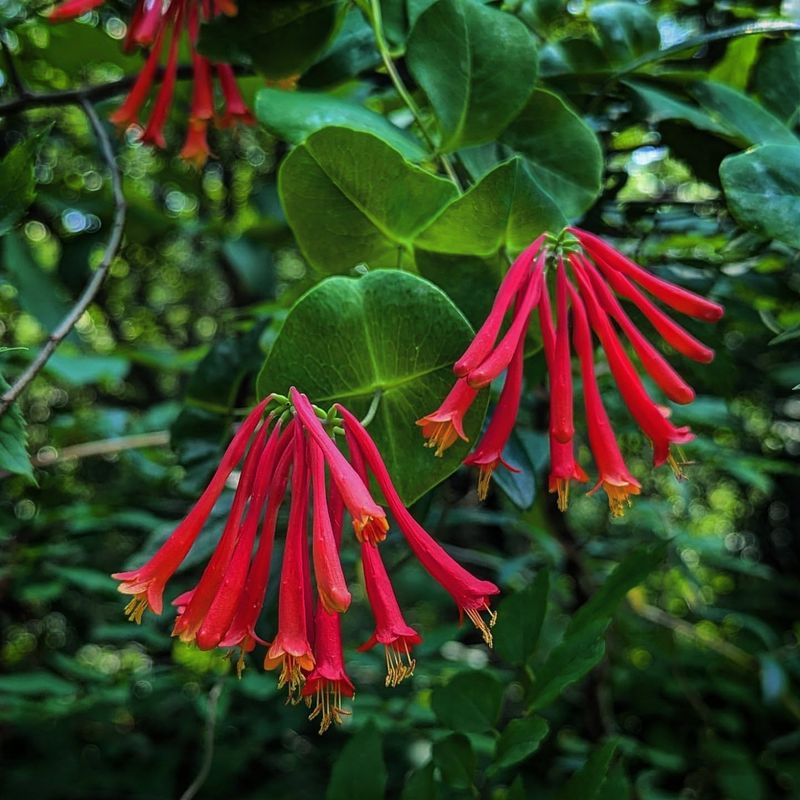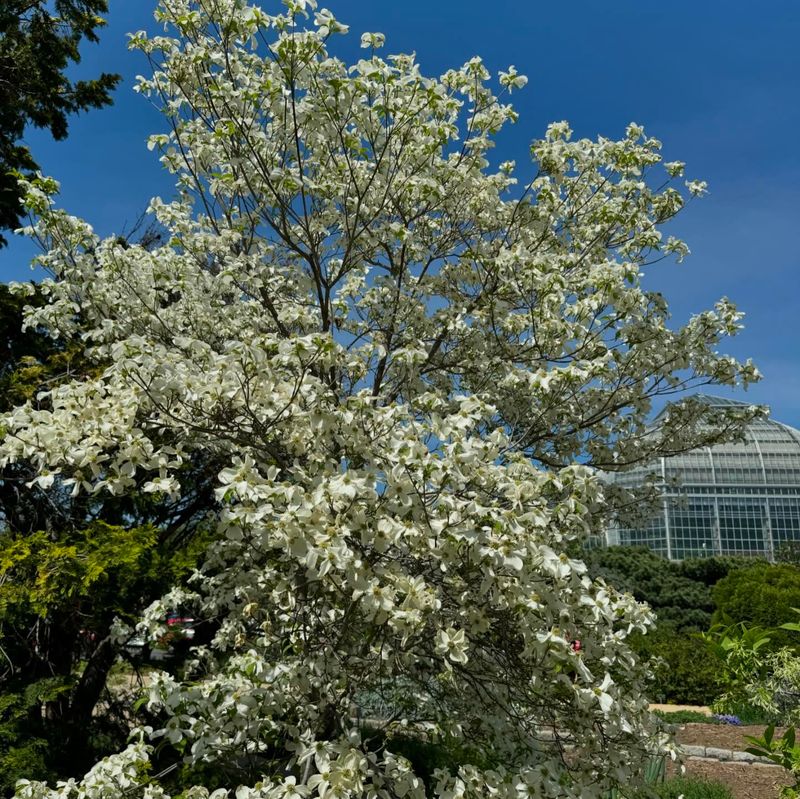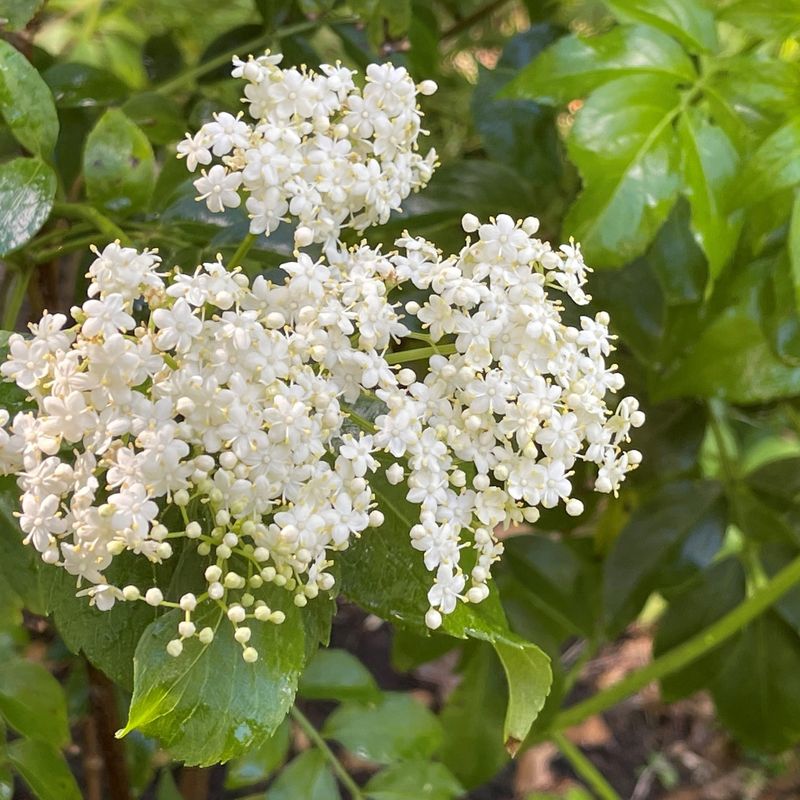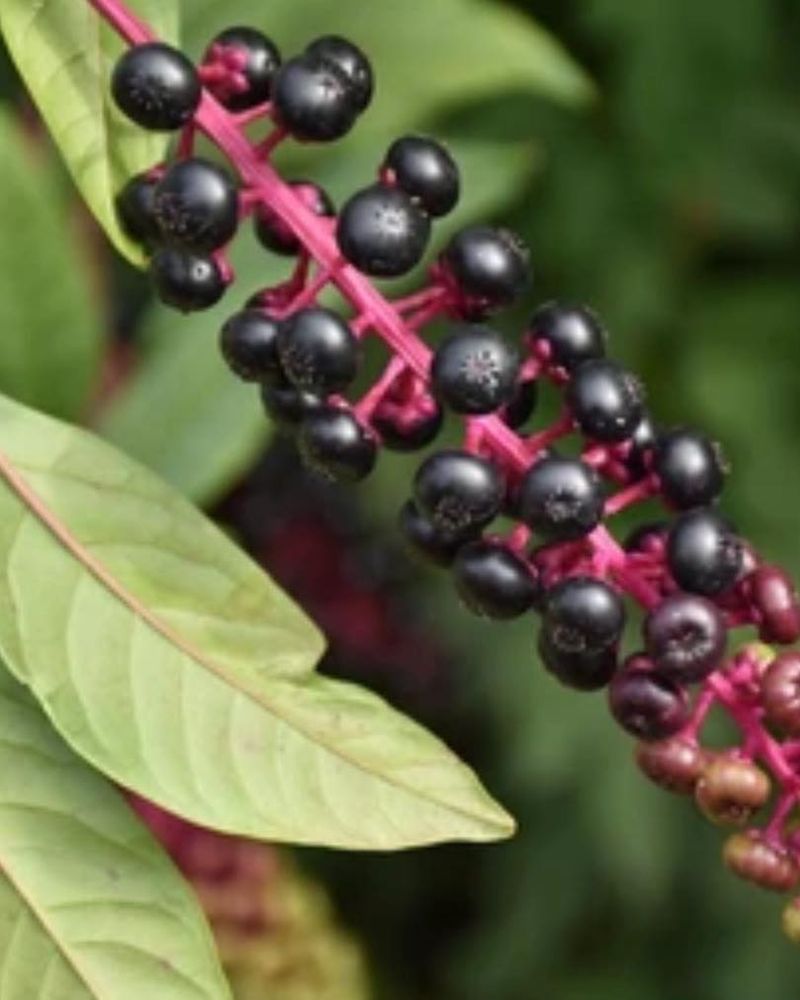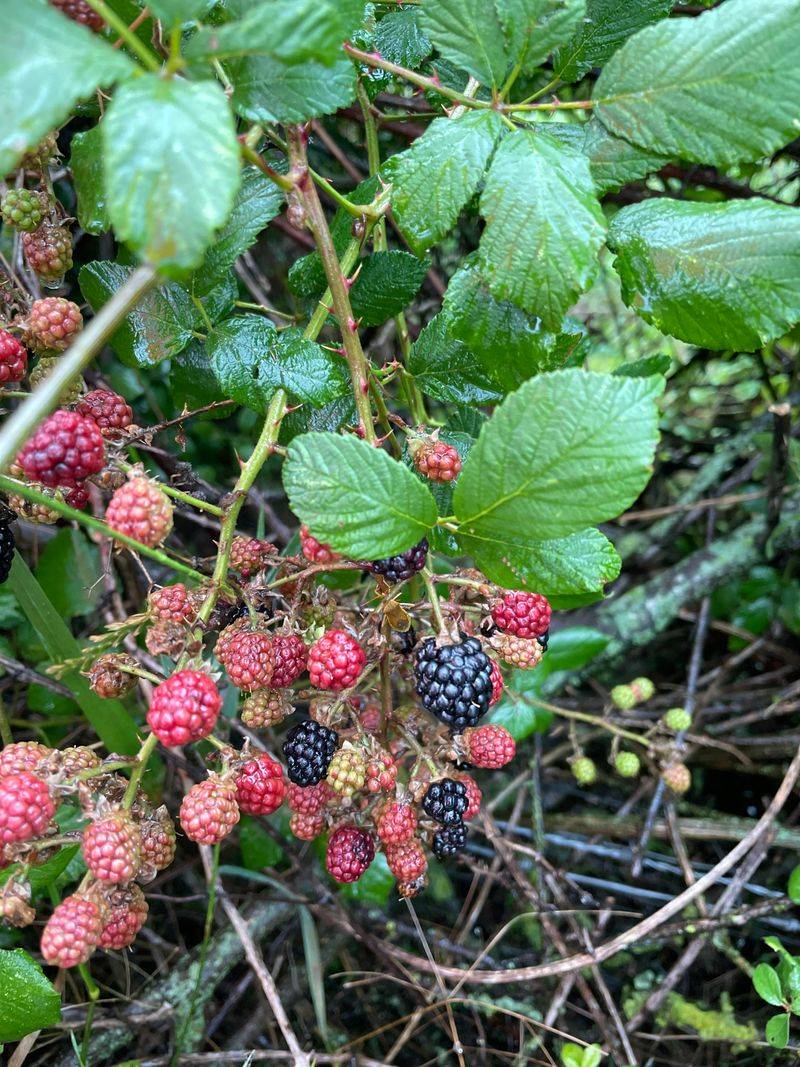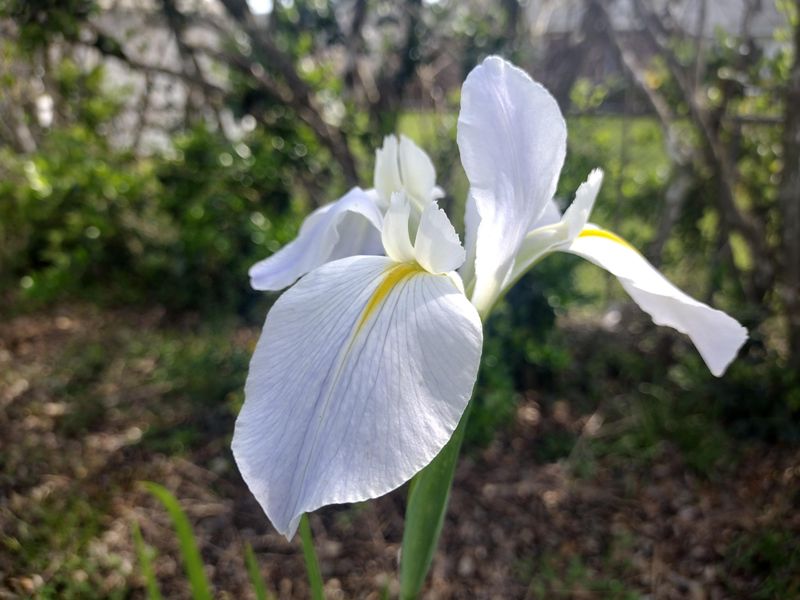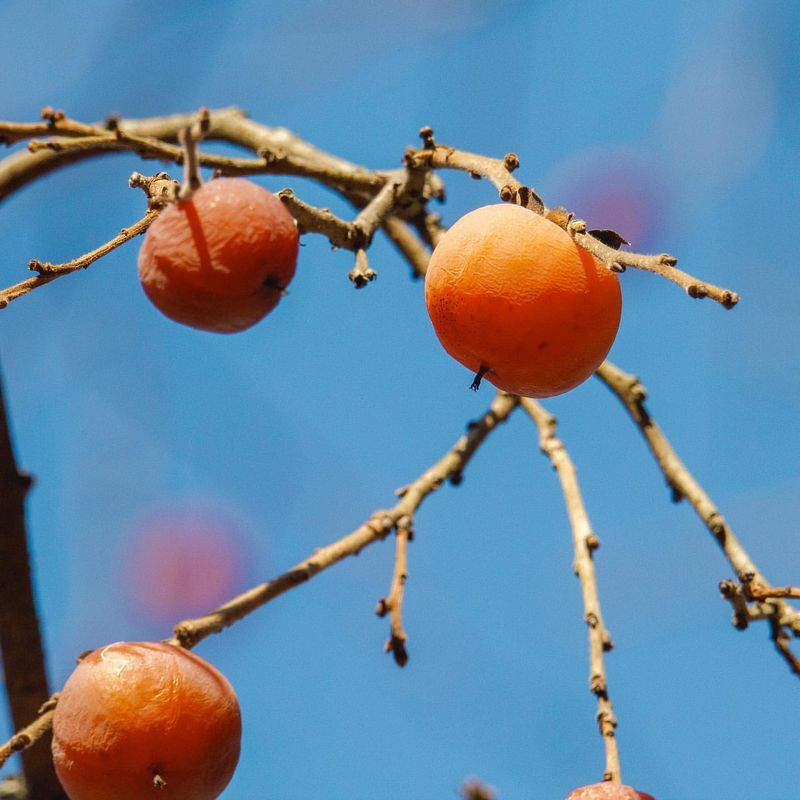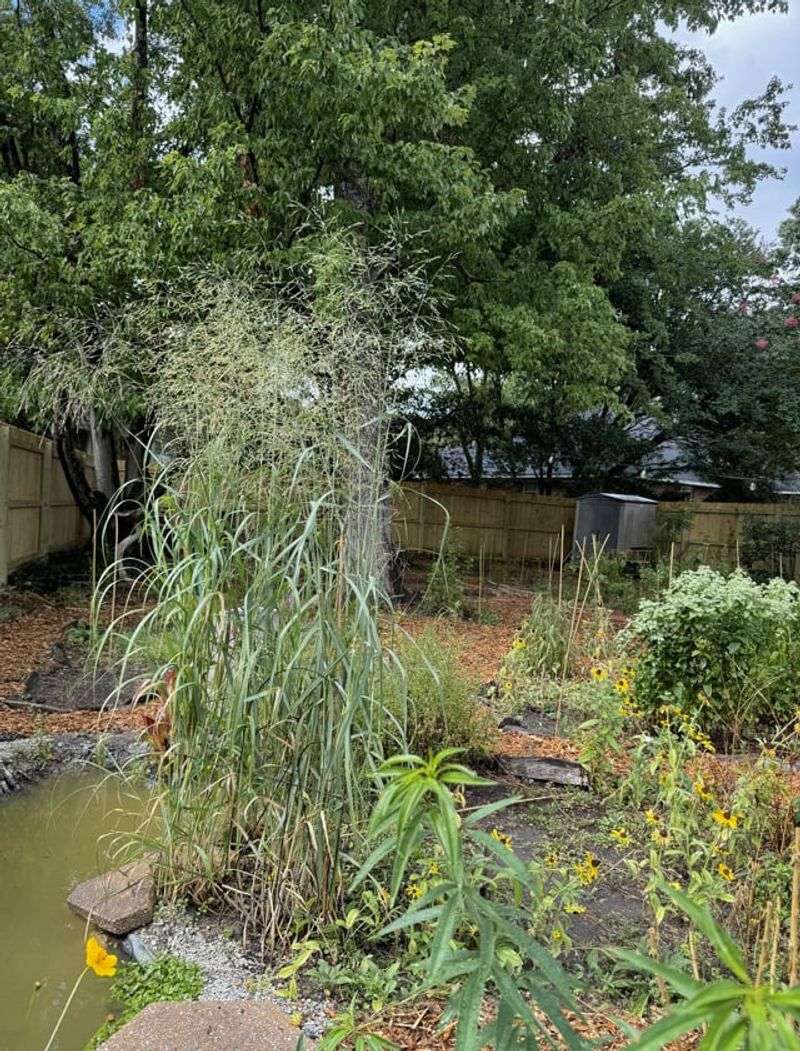Fall in Louisiana brings a spectacular show as migrating birds stop to refuel on their journey south. These feathered travelers need energy-rich food sources, and our native plants provide exactly what they’re searching for. The right plants in your garden create a critical refueling station in the larger migration highway.
I’ve spent years watching how different native species in my Louisiana backyard attract various birds during autumn months. The relationship between our local flora and these seasonal visitors fascinates me – it’s like setting a table for guests who travel thousands of miles to visit.
By incorporating these native plants into your landscape, you’ll not only enjoy the colorful bird activity but also help support species that face increasing habitat loss along their migration routes. Each plant offers something unique to our feathered friends.
1. American Beautyberry (Callicarpa americana)
The clusters of vibrant purple berries appearing in early fall make this shrub unmistakable in Louisiana woodlands. Birds can’t resist these colorful fruits that persist well into the migration season.
In my garden, I’ve watched thrashers, catbirds, and mockingbirds feast enthusiastically on the berries. This deciduous shrub grows 3-5 feet tall and thrives in partial shade, making it perfect for woodland garden edges.
Plant several beautyberries together for the best wildlife benefit and most dramatic purple display. The berries contain important fats that help migrating birds build energy reserves for their long journeys.
2. Gulf Coast Muhly Grass (Muhlenbergia capillaris)
When autumn breezes sweep across Louisiana, this native grass transforms into clouds of pink-purple plumes that sway gracefully above the landscape. Songbirds eagerly collect the tiny seeds while finding shelter among the dense clumps.
Gulf Coast Muhly provides both food and protection for migrating birds. The seeds offer sustenance while the grass’s structure creates hiding spots from predators – exactly what tired travelers need during their journey south.
Growing 2-3 feet tall in sunny spots, this drought-tolerant grass requires minimal care once established. I’ve noticed goldfinches and sparrows particularly love visiting my muhly grass stands in October.
3. Yaupon Holly (Ilex vomitoria)
Bright red berries dot this evergreen shrub through fall and winter, creating a feast for robins, cedar waxwings, and bluebirds passing through Louisiana. Female plants produce the berries, so plant at least one male nearby for proper pollination.
Birds rely heavily on these nutritious berries during their southward migration. Last October, I watched a flock of cedar waxwings strip my yaupon holly clean in just two days – clear evidence of how valuable this food source is!
This adaptable native tolerates poor soil, drought, and even salt spray along coastal areas. Choose from dwarf varieties for small gardens or the standard form that reaches 15-20 feet tall.
4. Eastern Red Cedar (Juniperus virginiana)
Small blue berries (actually modified cones) appear on female trees in fall, providing essential winter food for many bird species. Cedar waxwings even take their name from their love of these nutritious fruits!
Beyond food, these evergreen trees offer dense protective cover where birds can rest and hide from predators. The pyramid-shaped structure creates multiple nesting levels that benefit different species simultaneously.
My Louisiana garden has two cedars that serve as natural bird hotels during migration. Though they grow slowly at first, patience rewards you with a drought-tolerant tree that can reach 40 feet tall but requires no maintenance once established.
5. Southern Wax Myrtle (Myrica cerifera)
Waxy gray-blue berries cluster along the stems of this versatile evergreen shrub starting in late summer. Yellow-rumped warblers particularly depend on these berries during their Louisiana stopovers – the waxy coating provides concentrated energy for their journey.
Growing quickly to 10-15 feet tall, wax myrtles thrive in both wet and dry conditions across Louisiana. Their dense foliage creates excellent protective cover where birds can rest safely between feeding bouts.
I’ve placed several around my property’s perimeter, creating a natural privacy screen that doubles as a bird sanctuary. The aromatic leaves repel mosquitoes naturally – a bonus feature for your fall garden gatherings!
6. Trumpet Honeysuckle (Lonicera sempervirens)
Unlike its invasive Japanese cousin, this native honeysuckle produces red berries in fall that attract thrushes and catbirds. The tubular red flowers may continue blooming into autumn, providing nectar for late hummingbirds before they leave Louisiana.
Growing as a twining vine, trumpet honeysuckle can be trained on trellises or allowed to scramble through shrubs. It’s remarkably low-maintenance compared to many garden vines and doesn’t become invasive like non-native varieties.
My trumpet honeysuckle creates a living curtain along my garden fence, where I’ve watched migrating hummingbirds make their final Louisiana pit stops before crossing the Gulf of Mexico. The red berries persist after flowering, feeding later migrants.
7. Arrowwood Viburnum (Viburnum dentatum)
Clusters of bluish-black berries ripen just as fall migration peaks across Louisiana. These fruits are particularly rich in fats that help birds build the energy reserves needed for long-distance travel.
White flower clusters in spring transform into these nutritious berries by September. I’ve counted over a dozen bird species visiting my viburnums during fall migration – from thrushes and vireos to mockingbirds and cardinals.
This deciduous shrub grows 6-10 feet tall in sun or partial shade, with attractive foliage that turns reddish-purple in autumn. It’s adaptable to most Louisiana soil types and requires minimal care once established in your landscape.
8. Flowering Dogwood (Cornus florida)
Bright red berries appear in clusters after the showy spring flowers fade, becoming available just as birds begin moving through Louisiana in early fall. Over 30 bird species depend on dogwood berries during migration!
The high fat content in these fruits makes them especially valuable for birds building energy reserves. Cardinals, thrashers, and thrushes all eagerly seek out these nutritious red berries in my Louisiana woodland garden.
Dogwoods prefer dappled shade and acidic soil, making them perfect understory trees beneath Louisiana’s pines and oaks. Their beautiful horizontal branching pattern provides ideal perching spots for birds between feeding sessions.
9. Elderberry (Sambucus canadensis)
Dark purple berries appear in abundant clusters by late summer, just in time for the earliest fall migrants passing through Louisiana. These juicy fruits are among the most sought-after by tanagers, thrushes, and warblers preparing for long journeys.
Growing quickly in moist areas, elderberries form multi-stemmed shrubs up to 12 feet tall. They thrive along Louisiana’s bayous and in rain gardens where seasonal flooding occurs.
The berries in my backyard rarely last long enough for human harvest – the birds claim them first! Beyond feeding birds, elderberry provides nesting sites and attracts beneficial insects that become additional protein sources for insect-eating migrants.
10. Pokeweed (Phytolacca americana)
Dramatic purple-black berries hang in grape-like clusters from magenta stems by September. Though toxic to humans, these berries are perfectly safe and highly attractive to migrating birds like thrushes, mockingbirds, and catbirds passing through Louisiana.
Growing wild along woodland edges throughout the state, pokeweed reaches 8 feet tall with a tropical appearance. The berries provide critical nutrition during fall migration, with over 30 bird species documented feeding on them.
While some gardeners consider it weedy, I maintain a few plants in my garden’s wilder corners specifically for birds. The striking architectural form and bird-attracting berries make it worth the space in wildlife-friendly Louisiana landscapes.
11. Blackberry Bushes (Rubus spp.)
Wild blackberry bushes become bird magnets during fall migration season. Their dense, thorny structure creates natural protection from predators while birds feast on any late-season berries that remain.
Migrating thrushes, catbirds, and warblers particularly love these plants. Even after the berries are gone, the bushes continue providing shelter and attracting insects that birds can eat.
These hardy native plants thrive in Louisiana’s climate with minimal care. Plant them along fences or property borders where birds can access them easily but they won’t spread into your main garden areas. The thorny protection they offer gives exhausted migrants a safe place to rest overnight.
12. Louisiana Iris (Iris giganticaerulea)
Standing tall in wetland areas, these magnificent purple blooms transform into seed-filled pods by fall that attract finches, sparrows, and other seed-eating migrants. Their distinctive fan-shaped foliage persists through autumn, providing crucial cover for ground-feeding birds.
Louisiana’s state wildflower isn’t just beautiful—it’s a vital resource for wildlife. The sturdy stems offer perching spots while the rhizomes stabilize soil in wet areas, creating mini-ecosystems that support insects birds need.
Found naturally in swamps and along waterways, these irises adapt well to rain gardens and pond edges. Their seeds persist into winter, offering a reliable food source when other plants have gone dormant.
13. River Oats (Chasmanthium latifolium)
Resembling miniature bamboo with dangling, flattened seedheads, river oats create a wildlife buffet that lasts through fall migration. Goldfinches, indigo buntings, and other small birds cling to the stems while feasting on the nutritious seeds.
Unlike many ornamental grasses, these native plants grow naturally in Louisiana’s woodland edges and stream banks. Their graceful, nodding seedheads dance in autumn breezes, creating movement that catches birds’ attention from above.
River oats thrive in partial shade where many other grasses struggle. The clumping habit prevents invasive spreading while still providing enough density to shelter small birds from hawks and other predators. Their seeds remain viable even after heavy rains, ensuring food availability throughout migration season.
14. Persimmon Trees (Diospyros virginiana)
Standing tall with distinctive blocky bark, persimmon trees become bird magnets when their orange-yellow fruits ripen in late fall. These sweet treats attract everything from robins and mockingbirds to migrating thrushes and cedar waxwings.
Native persimmons have sustained Louisiana wildlife for centuries before European settlement. The fruits hang on branches well into winter, providing emergency food when other sources disappear after frost.
Plant these medium-sized trees in full sun with well-drained soil. They’re remarkably drought-tolerant once established and require virtually no maintenance. A single female tree (you’ll need a male nearby for pollination) can feed dozens of bird species throughout the migration season.
15. Cardinal Flower (Lobelia cardinalis)
Brilliant crimson spikes of the cardinal flower create living flames along Louisiana’s wetland edges. Hummingbirds, particularly the ruby-throated variety, find these tubular blooms irresistible during their southward journey through our state.
Did you know cardinal flowers can bloom into late October? This makes them crucial nectar sources when many other plants have finished flowering. Their timing perfectly matches the fall migration window.
Growing happily in partial shade and moist soils, these perennials thrive along pond edges or in rain gardens. They self-seed readily, forming spectacular colonies over time without becoming invasive. The bright red color serves as a natural beacon, drawing tired hummingbirds from surprising distances.
16. Switchgrass (Panicum virgatum)
Swaying gracefully in autumn breezes, switchgrass transforms into a buffet for migrating sparrows, finches, and juncos. The nutritious seeds cling to feathery plumes that rise above golden-yellow fall foliage, creating both food and shelter in one majestic package.
Switchgrass has deep roots in Louisiana’s prairie heritage. These extensive root systems make it incredibly resilient during both floods and droughts, conditions that challenge many garden plants. Birds particularly value the protective thickets these grasses form.
Plant switchgrass in sunny spots with any soil type – it’s remarkably adaptable! Varieties like ‘Cloud Nine’ and ‘Heavy Metal’ offer beautiful blue-green summer foliage before their spectacular autumn transformation. Leave the stalks standing through winter to provide continuous bird support during the harshest months.

